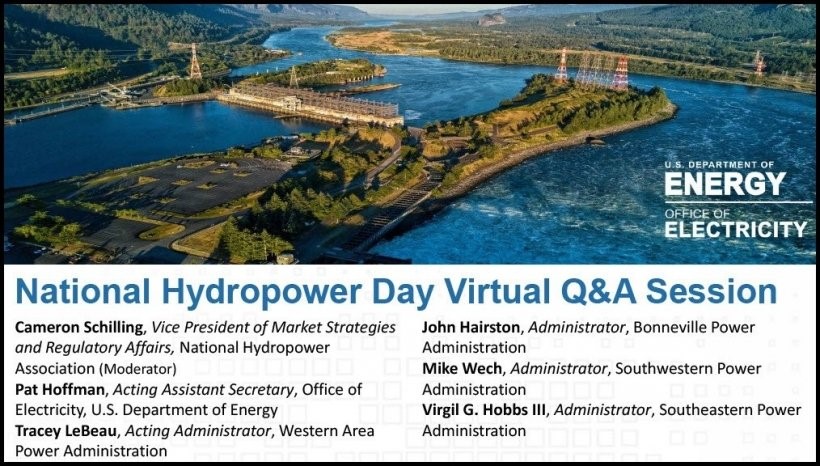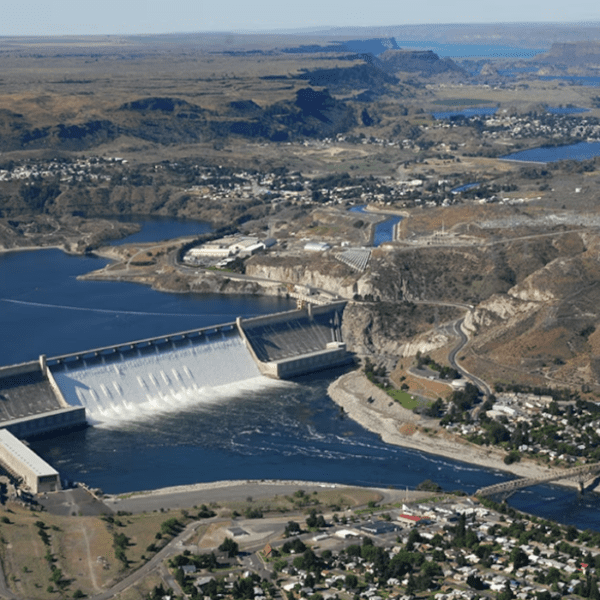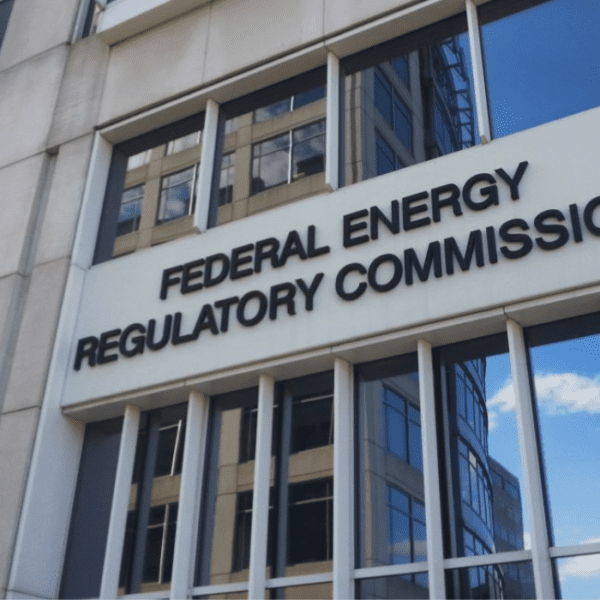The U.S. conventional hydropower and pumped storage hydro fleet represent a little over 102 gigawatts of electricity capacity – about 38% of all renewable generation. That fleet can provide almost every service the grid needs, including critical balancing services that are vital to the integration of other renewables.
In terms of ownership, close to half of the hydro capacity in the United States is managed by the federal government. The four federal power marketing administrations (PMAs) were created in the early 20th century to sell excess electricity produced by hydroelectric facilities at federally owned dams, whose primary purpose was something other than electricity generation (e.g., flood control or irrigation).
For decades, these power marketing administrations have provided low-cost, clean electricity to “preference” customers throughout the United States. (Preference customers largely consist of publicly-owned and cooperative-owned utilities, although small amounts of power are also sold to Indian tribes, federal entities, investor-owned utilities, and some industrial customers.) And they were essential in electrifying rural parts of the country.
On National Hydropower Day, August 24, 2021, the leaders of the Bonneville Power Administration (BPA), the Western Area Power Administration (WAPA), the Southwestern Power Administration (SWPA) and the Southeastern Power Administration (SEPA) shared their perspectives of hydro’s role on the grid and its contributions to an evolving energy mix.
I was honored to moderate the discussion.

Below are excerpts from that discussion.
Sometimes there can be a knowledge gap and misunderstanding when people start talking about hydropower technology and dams in general. How would you explain hydropower to someone?
SEPA Administrator Virgil Hobbs: Hydropower technology is as simple as gravity. Water runs downhill, unless we decide to pump back. But that falling water spins the turbine, that turns the generator and electrons flow. So, you know, I challenge the solar industry to that. I remember, I am dating myself, Barbara Mandrel used to sing back in the 70s back “she was country when country wasn’t cool.” Well, hydropower was renewable when renewable wasn’t cool.
BPA Administrator John Hairston: There has not been a lot of press, regarding hydropower. Wind and solar are certainly the sexy resources right now. And so, when I think about hydropower, I like to think about it in the fact that people tend to forget that hydropower is the original energy resource, if you think about it, humans have used water to power mills and pumps for hundreds of years. And I would like to remind people that dams work by harnessing the power of flowing water. Which means that the fuel is free and has no emissions. It is renewable; it is carbon-free.
How can hydropower support the integration of other renewables, specifically like wind and solar?
WAPA Acting Administrator Tracy LeBeau: The beauty of hydropower for me is the combination of attributes. Hydro is not only the original renewable but also the original storage resource. It provides both capacity and inertial mass to stabilize the grid. And it is highly flexible. So, I think, you know, if we really want a clean energy economy and electric grid, we really need to have hydropower in that mix. And we should consider to do more to pair solar and wind to provide a backbone resource and carry electricity through the intermittency of wind and solar supply.
SEPA Administrator Hobbs: Other renewable resources, they lack the natural energy storage mechanisms of hydropower – the lakes, rivers, that is our fuel. At Southeastern, we are in the early stages, working with our electrical cooperative customers to provide extensive support for the new solar installations. Clouds come over a solar array and they can greatly, and rapidly, reduce energy output. So our hydropower resources need to be nimble enough to come on-line and immediately replace that lost generation. Then come off-line when the clouds dissipate.
We have seen in the news almost on a daily basis extreme weather events like the polar vortex, the wildfires in the West, and the exhaustive heat waves. How has hydropower helped during these emergency situations?
WAPA Acting Administrator LeBeau: So, there are two types of emergencies that stick out to me. There are those types of emergencies where generation cannot meet the demand and leads rolling blackouts throughout the system. And then there is the prospect of potential cascading outages where entire portions of the grid may go off-line due to equipment failures or some other issue. So in the first case, hydropower is a highly-flexible resource as we have discussed already. One recent example, where we were able to leverage that flexibility, was during the polar vortex earlier this year. Enough surplus hydropower was generated, a lot of very close coordination between us and the U.S. Army Corps of Engineers, to generate some surplus and keep the lights on for almost 800,000 homes for three days in the coldest parts of the U.S. during that event.
SWPA Administrator Mike Wech: Southwestern provided a key role in providing clean, renewable energy around the clock to our 6 Midwestern states that we market to, which are Texas, Louisiana, Arkansas, Oklahoma, Missouri, and Kansas. And while many other electricity resources experienced difficulty meeting several of the cold weather challenges, hydropower was there. And it was there as a consistent energy provider during this critical time of need. Additionally, we have experienced and played key roles in power system restoration events following hurricanes, multiple times in Texas, Louisiana, over the past few years.
Find more details and watch the entire discussion HERE.










